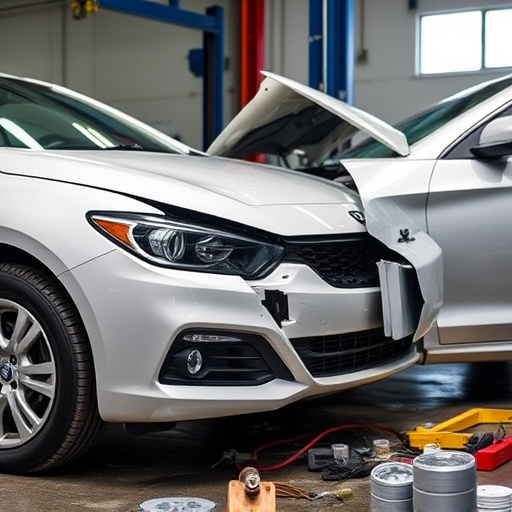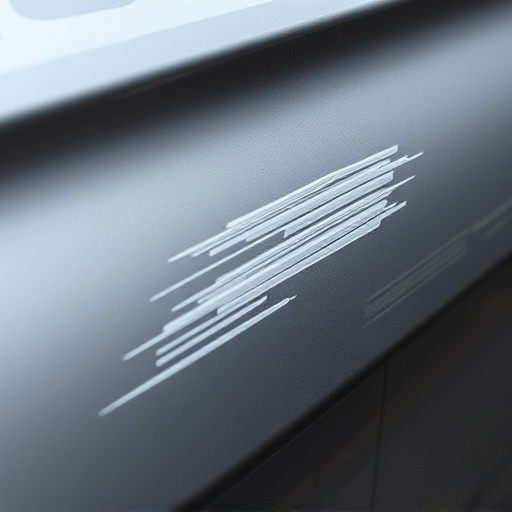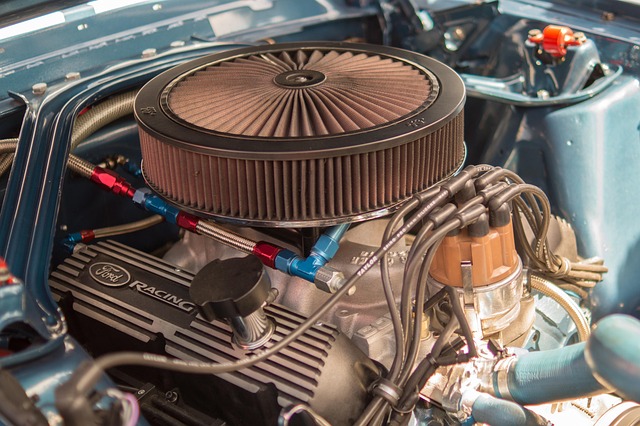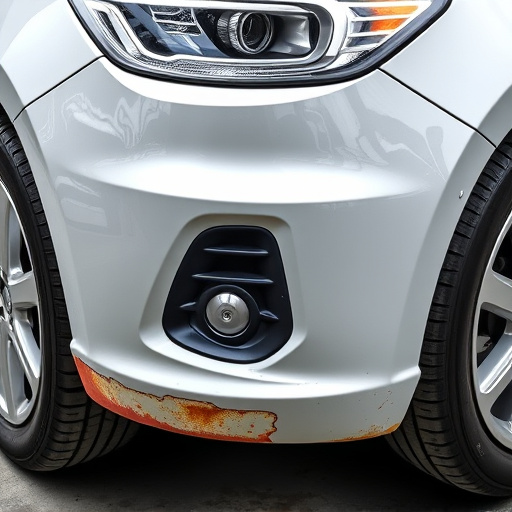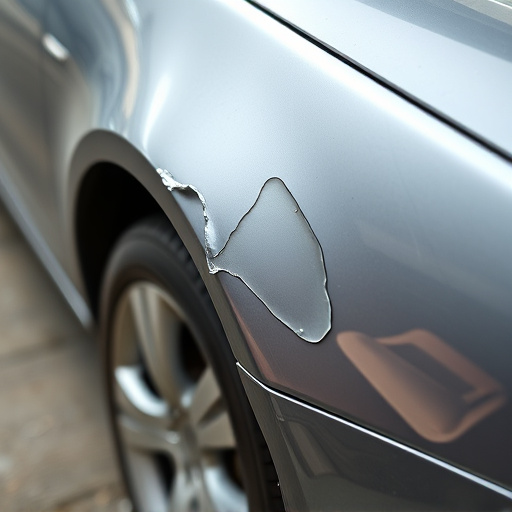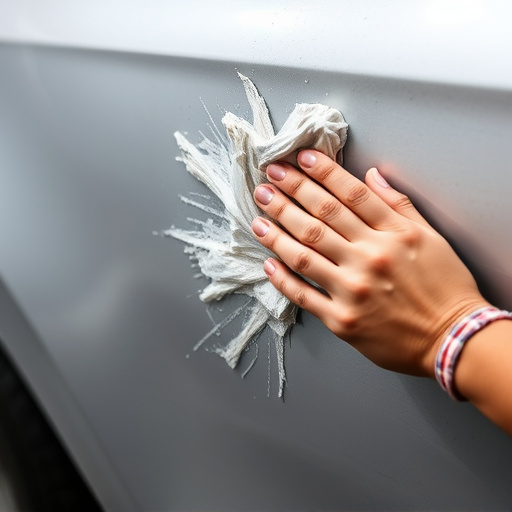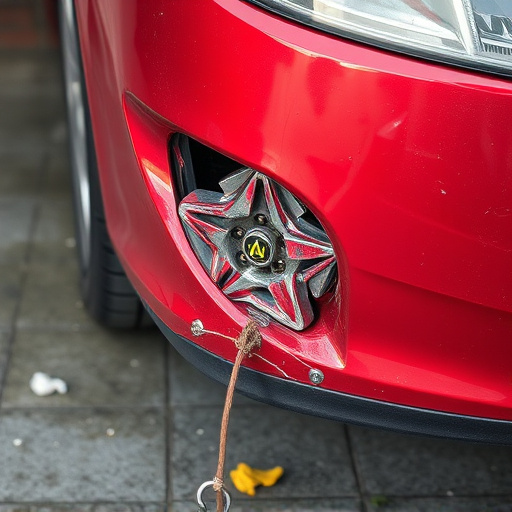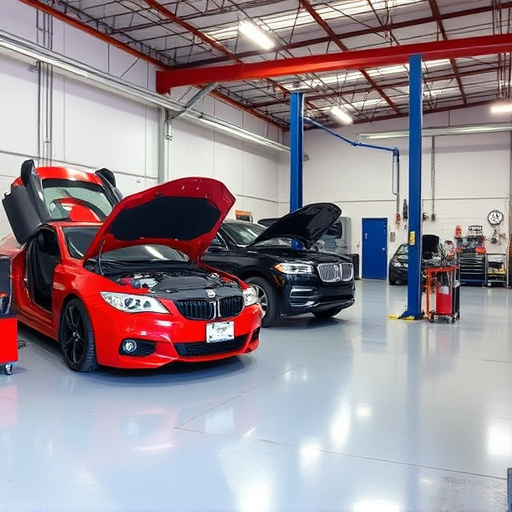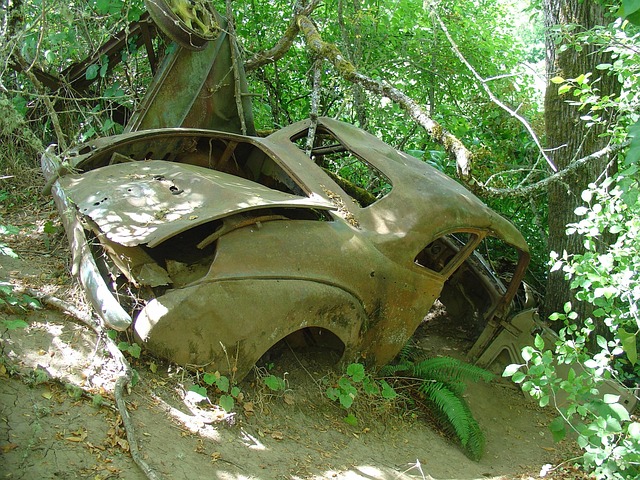Modern collision repair processes leverage advanced technologies like 3D imaging, CAD software, and AI algorithms to enhance estimate accuracy and efficiency. These tools streamline damage assessments, reduce human error, and provide transparent, competitive collision repair estimates tailored to individual vehicle needs, benefiting both owners and fleet services.
In the dynamic realm of automotive services, accurate collision repair estimates are paramount for efficient operations and customer satisfaction. This article explores the intricate collision repair processes and highlights the transformative role of technology in enhancing estimation accuracy. We delve into cutting-edge tools and software that streamline the process, enabling professionals to provide precise, time-saving, and cost-effective collision repair estimates. Understanding these advancements is key for businesses aiming to excel in a competitive market.
- Understanding Collision Repair Processes
- Role of Technology in Estimation Accuracy
- Tools and Software for Efficient Estimates
Understanding Collision Repair Processes
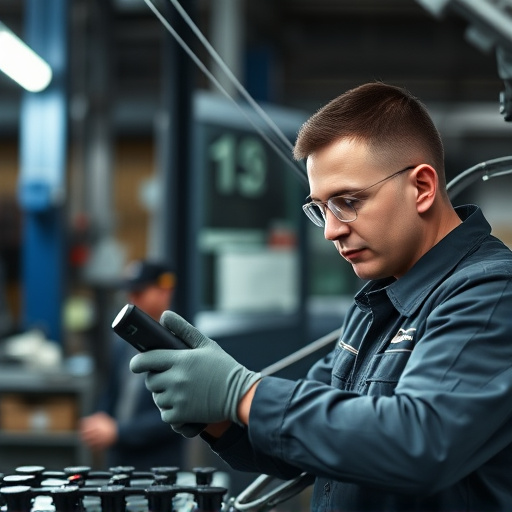
Collision repair processes involve a series of intricate steps to restore vehicles to their pre-accident condition. It begins with a thorough inspection to identify damage, which may include dents, cracks, or complete panel replacement. Technicians use specialized tools and techniques to remove and replace damaged components, ensuring precision and quality. The process also encompasses complex computer systems that integrate 3D imaging and laser scanning technologies to create highly accurate collision repair estimates. These advanced tools enable auto repair shops to provide detailed assessments, minimizing time and cost overruns.
Furthermore, fleet repair services benefit from these technological advancements, as they often deal with multiple vehicles simultaneously. Body shop services can efficiently manage large-scale repairs by leveraging digital systems that streamline the estimation process. This not only enhances productivity but also guarantees that every vehicle receives precise care, resulting in superior restoration outcomes.
Role of Technology in Estimation Accuracy
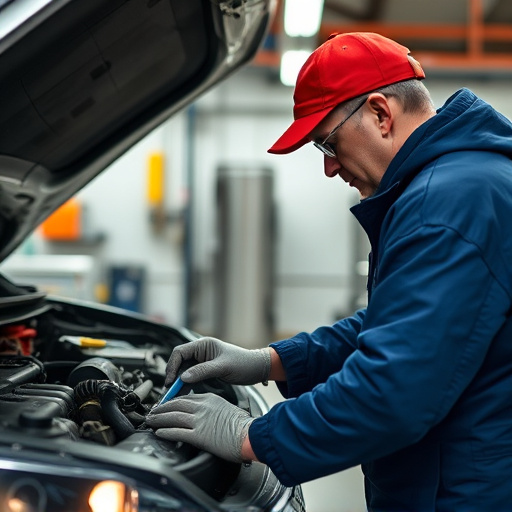
The advent of technology has significantly transformed the landscape of collision repair estimates, marking a substantial departure from traditional manual methods. Advanced tools and software designed specifically for auto body repairs enable estimators to achieve unprecedented accuracy. These digital solutions incorporate intricate algorithms that consider various factors—from vehicle make and model to specific damage types and pre-accident conditions—to generate comprehensive estimates.
Moreover, the integration of computer-aided design (CAD) systems and 3D scanning technology has revolutionized how body shop services are priced. CAD programs allow for detailed digital mapping of vehicles, enabling technicians to precisely identify and measure damaged areas. This, in turn, facilitates more exacting auto repair services, minimizes human error, and ensures that collision repair estimates align closely with the actual restoration costs.
Tools and Software for Efficient Estimates
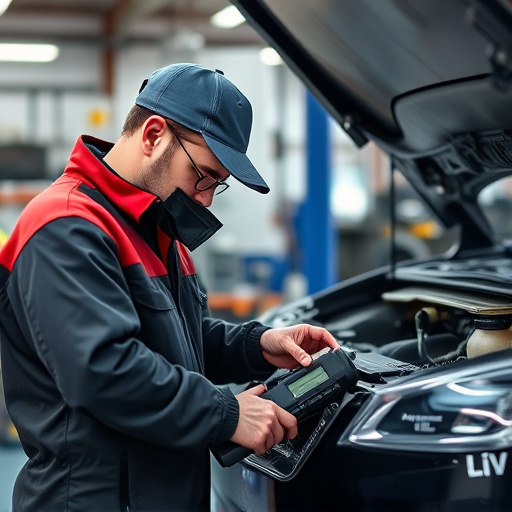
In the realm of collision repair, efficiency is key to ensuring quick turnaround times and satisfied customers. This is where advanced tools and software come into play, revolutionizing the way estimates are generated. Modern collision repair shops now employ sophisticated systems that integrate 3D imaging, computer-aided design (CAD), and AI algorithms to create precise, accurate estimates for car scratch repairs and more extensive vehicle bodywork damages.
These cutting-edge technologies enable technicians to thoroughly inspect damaged vehicles, map out the extent of repairs needed, and generate detailed digital reports in a fraction of the time it would take manually. By leveraging these tools, collision repair shops can streamline their operations, reduce human error, and provide customers with transparent, competitive estimates tailored to their specific vehicle’s needs.
In today’s digital era, technology plays a pivotal role in enhancing the accuracy of collision repair estimates. By understanding the intricate processes involved in collision repair and leveraging advanced tools and software, professionals can efficiently assess damage, streamline workflows, and provide customers with precise cost projections. This not only fosters trust between repair shops and clients but also ensures that vehicles are restored to their pre-accident condition. With continuous innovations in technology, the future of collision repair estimates looks promising, offering faster, more accurate, and customer-centric services.
